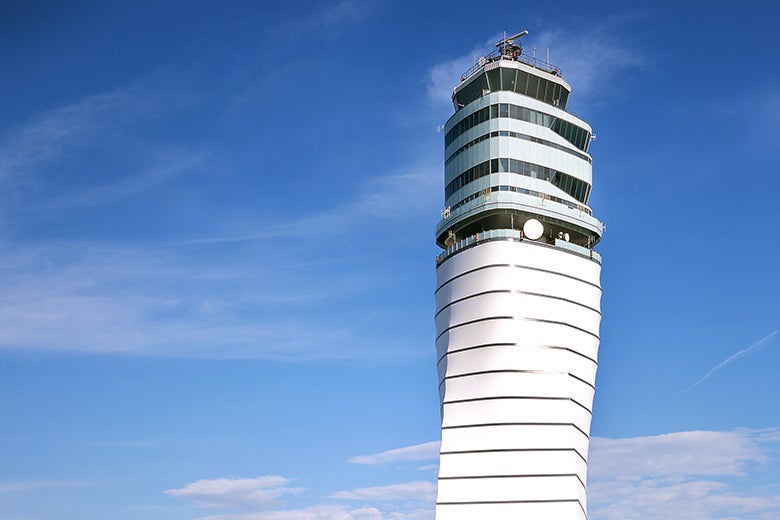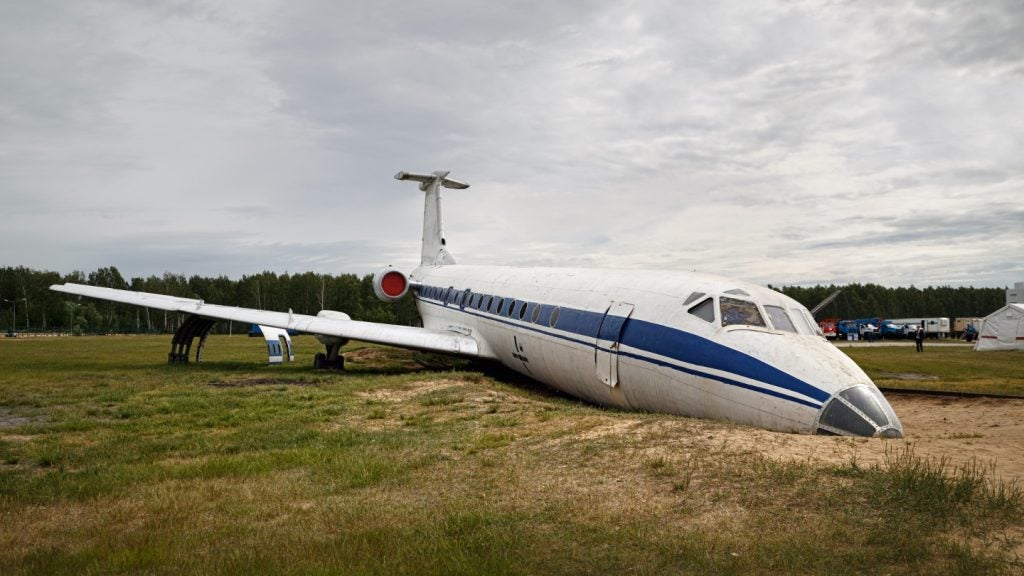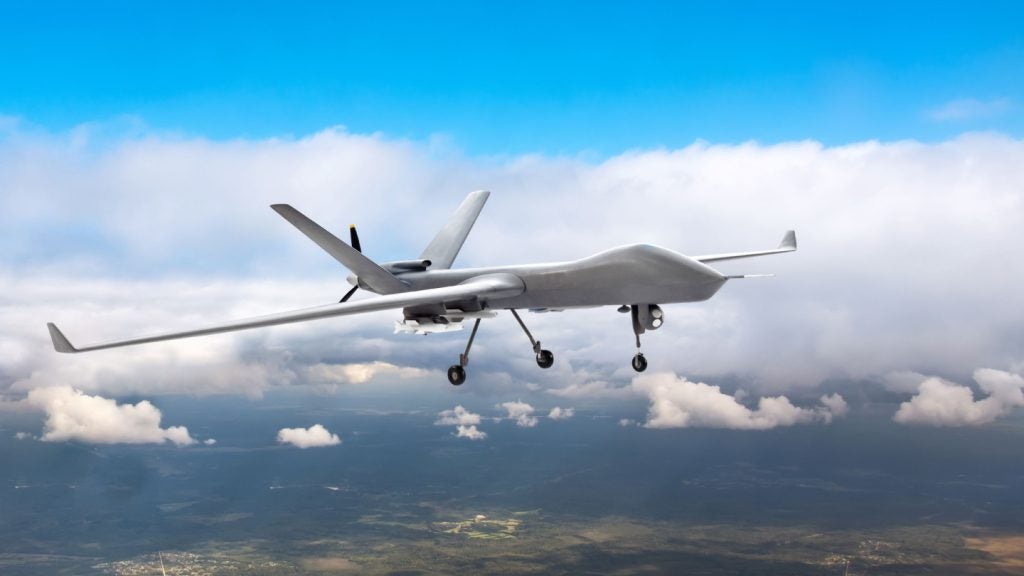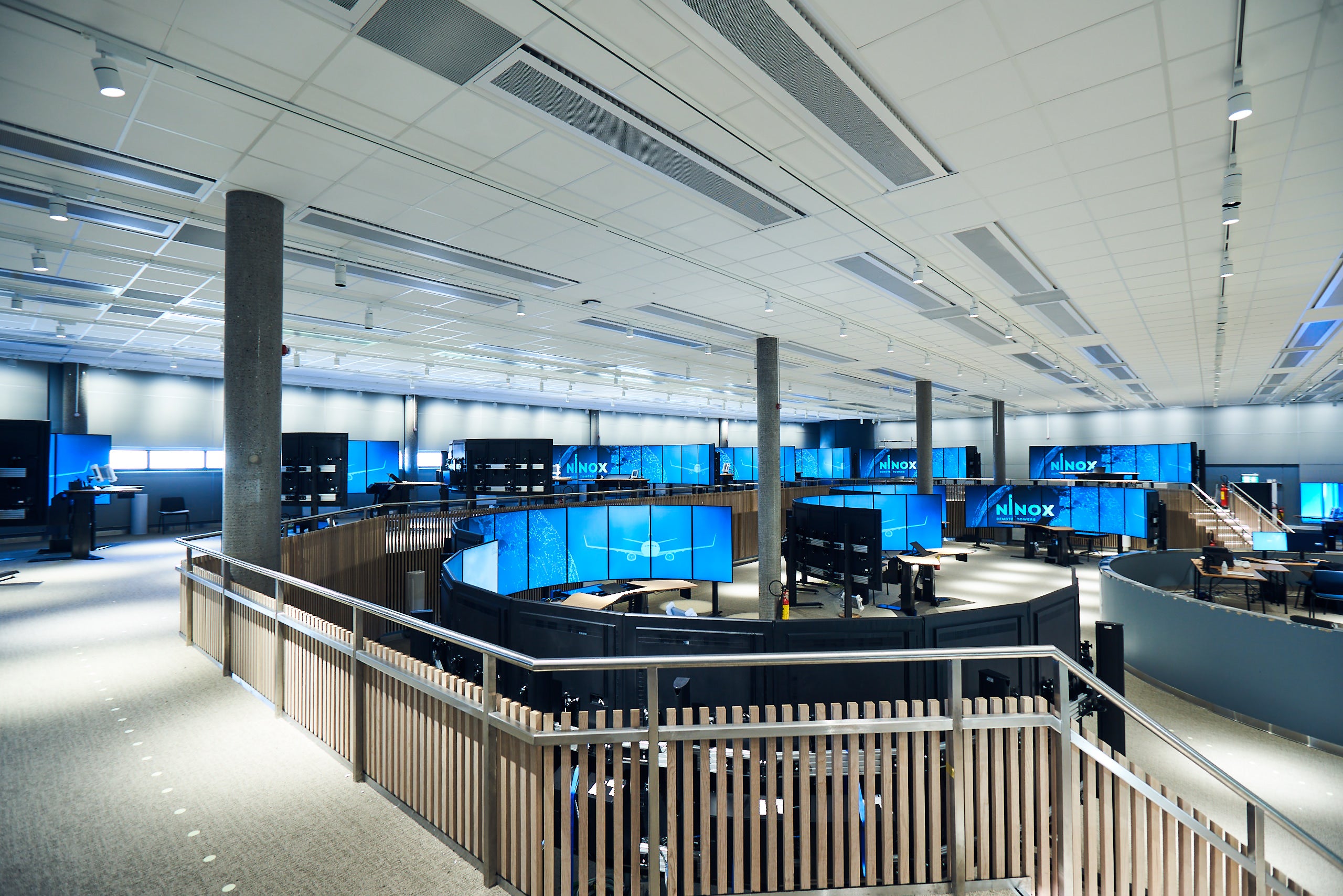
Remote air traffic control (ATC) towers are changing the landscape of airport navigation. The concept is simple: to control air traffic as it approaches and leaves the airspace around an airport, from a central location away from the airport.
While there is growing interest in the benefits remote ATC offers, such as the latest technologies and enhanced efficiency and safety capabilities, it’s not welcomed by all – at least, not all the time.
A controversial plan for the Scottish Highlands
UK trade union Prospect has been locked in a bitter dispute with Scotland’s Highlands and Islands Airports Ltd (HIAL), which has proposed a relocation of infrastructure from the Shetland Islands, Dundee, Kirkwall and Stornoway to a facility in the city of Inverness on the mainland. But David Avery, the union’s negotiator says such projects must also make situational and business sense too: “That isn’t our view of what’s happening within HIAL.”
“Prospect’s view, in general, is that the system can be appropriate and can be used in the right circumstances. Particularly where it’s being used to raise standards and safety and bring traffic control to airports which have never had it before,” says Avery.
It seems the union isn’t the only critic of the plan; in fact, it has been widely condemned by local communities, authorities and even politicians at a national level. Speaking to local media, Member of the Scottish Parliament for Shetland Beatrice Wishart warned that “despite legitimate concerns, HIAL continues to push on with this project”.
The statement raises questions, given that the International Civil Aviation Organization supports the use of remote ATC. In amended guidance earlier this year, it said: “Visual observation shall be achieved through direct out-of-the-window observation, or through indirect observation utilising a visual surveillance system which is specifically approved for the purpose by the appropriate ATS authority.”
How well do you really know your competitors?
Access the most comprehensive Company Profiles on the market, powered by GlobalData. Save hours of research. Gain competitive edge.

Thank you!
Your download email will arrive shortly
Not ready to buy yet? Download a free sample
We are confident about the unique quality of our Company Profiles. However, we want you to make the most beneficial decision for your business, so we offer a free sample that you can download by submitting the below form
By GlobalDataHowever, in this case, the issue has more to do with the implications ATC has for those on the ground. Prospect argues that for Shetland and the other facilities earmarked, moving the role to a centre in Inverness would have a devastating impact for local communities. “We don’t see how this generates value for those communities, protects jobs and delivers a better service,” Avery says.
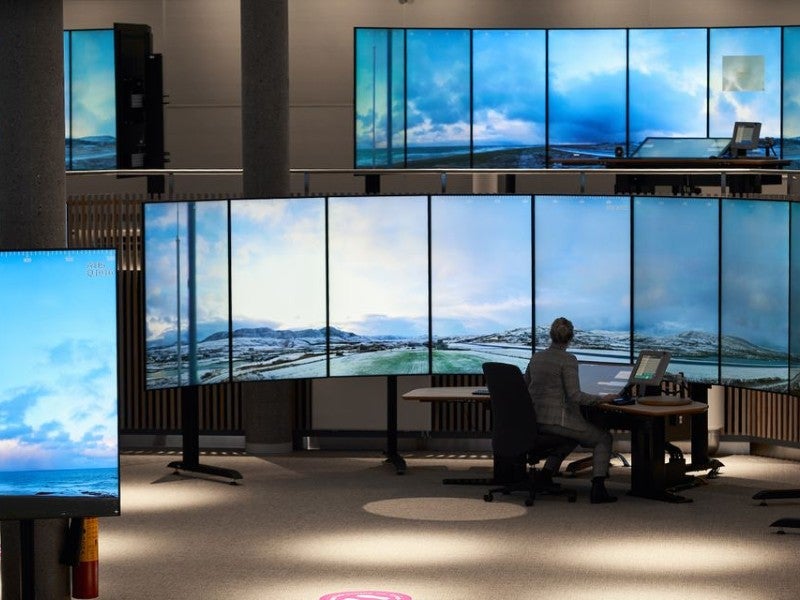 Avinor recently opened the world’s largest remote ATC centre. Credit: Avinor
Avinor recently opened the world’s largest remote ATC centre. Credit: Avinor
Whilst Prospect does have some safety worries about the proposal, it’s main focus is the brain drain of highly trained staff already in post and adding value to communities. Avery warns many of the employees across the sites would not move to Inverness, meaning their wealth of experience would be lost.
“The pass rate of NATS training courses is less than 5%. Because it’s not something you get taught in school, it’s not something that is particularly obvious to you,” he says. “What HIAL is proposing is essentially to get rid of all of the staff they currently have and replace them with others… So you’ve potentially got a situation where HIAL will make nearly 50 staff across six airports redundant, and then have to reemploy the same number in Inverness.”
Prospect believes the project will be difficult and cost millions, without any long-term cost or operational benefits. “Studies are now showing that actually the cost of running a remote centre versus the cost of local centres is about the same,” Avery says. “It’s not going to change the cost of air traffic… The radar is the same, the staff are the same, so it’s not going to save you any money.”
A spokesperson for HIAL refutes the suggestion the move is to save money, arguing that it’s about ensuring quality navigation services for the future. They say: “Without change, we cannot give that guarantee and air services in the future could inevitably be compromised. From the outset we have been clear that the project is not an exercise in cost saving, its primary focus is to act as the foundation stone for sustainable air services.”
HIAL says staff and unions, airport managers and senior HIAL representatives have been involved throughout the process, with politicians being kept informed every step of the way too. It accepts there could be local job losses but adds: “HIAL will remain a significant and committed employer in our communities, offering high-quality local employment. We want to offer our ATC staff the best opportunities for career progression within the organisation; therefore, the company must modernise its operations.”
Remote ATC arrives in Norway
Despite the difficulties in Scotland, remote ATC is already making a splash elsewhere in Europe. In October 2020, Norway’s air navigation services provider and airport operator Avinor cut the ribbon on what is said to be the world’s largest remote ATC centre.
“The remote towers system will make our tower services more cost effective, at the same time it will provide better solutions and tools compared with conventional tower services,” says Avinor’s Erik Lødding, vice president of strategy and public affairs.
Norway already has Røst and Vardø airports operational with a further 13 coming on stream by 2022, all being managed by the remote centre in the Arctic city of Bodø. The facility will be home to similar staff numbers to that at the proposed site in Inverness, but Lødding sees that as adding value, at least for Norway: “This will enable better knowledge sharing between staff, and make our services more robust with regards to rostering and back-up.”
Although Avinor’s commentary around the project seems positive, it has presented similar questions: what about the existing staff? The state-owned company says it has been working to support employees whether they chose to relocate or find work outside of the organisation, Lødding says.

Prospect negotiator David Avery.
He also says that the new technologies will increase safety. “The moving target indicator enables us to detect birds, drones and aircraft in the air, and moving objects on the ground,” he says. Other benefits include night vision capabilities and camera zoom.
Whilst it seems an obvious choice, Avery cautions that Norway is simply not the same as Shetland. “If you look at the Norwegian project, which is one of the ones that HIAL seeks to compare itself to, some of these airports in Norway make HIAL’s look like bustling metropolises,” he says.
What is the attraction of remote ATC?
In Sweden, the Scandinavian Mountains Airport in Dalarna became the first in the world to be constructed without the inclusion of an on-site control tower in 2019. Across the US, remote ATC has become more common too, offering levels of safety at airstrips that otherwise would not have any oversight. “In those circumstances, it is absolutely a way of doing this in a way which is competent, cost effective and raises standards,” Avery clarifies.
In Scotland, HIAL believes its transition to remote ATC is critical to its long-term future. it says its overriding priority is to deliver safe and secure air services that serve our local communities. “HIAL requires a solution that will ease the issues of staff recruitment, retention and provide resilience at our airports… to prioritise air navigation service delivery in the future for all the communities we serve.”
There is a place for remote ATC, and its foothold in today’s aviation industry is strengthening. But, as Avery has said, just because the technology allows, it does not mean it should happen. At least that’s the view of the union and those it supports.
The real crux of the matter is not one of technology or safety, it is about employees and the skills they have. That conundrum is one notoriously difficult to navigate, and that is not going to change any time soon.



